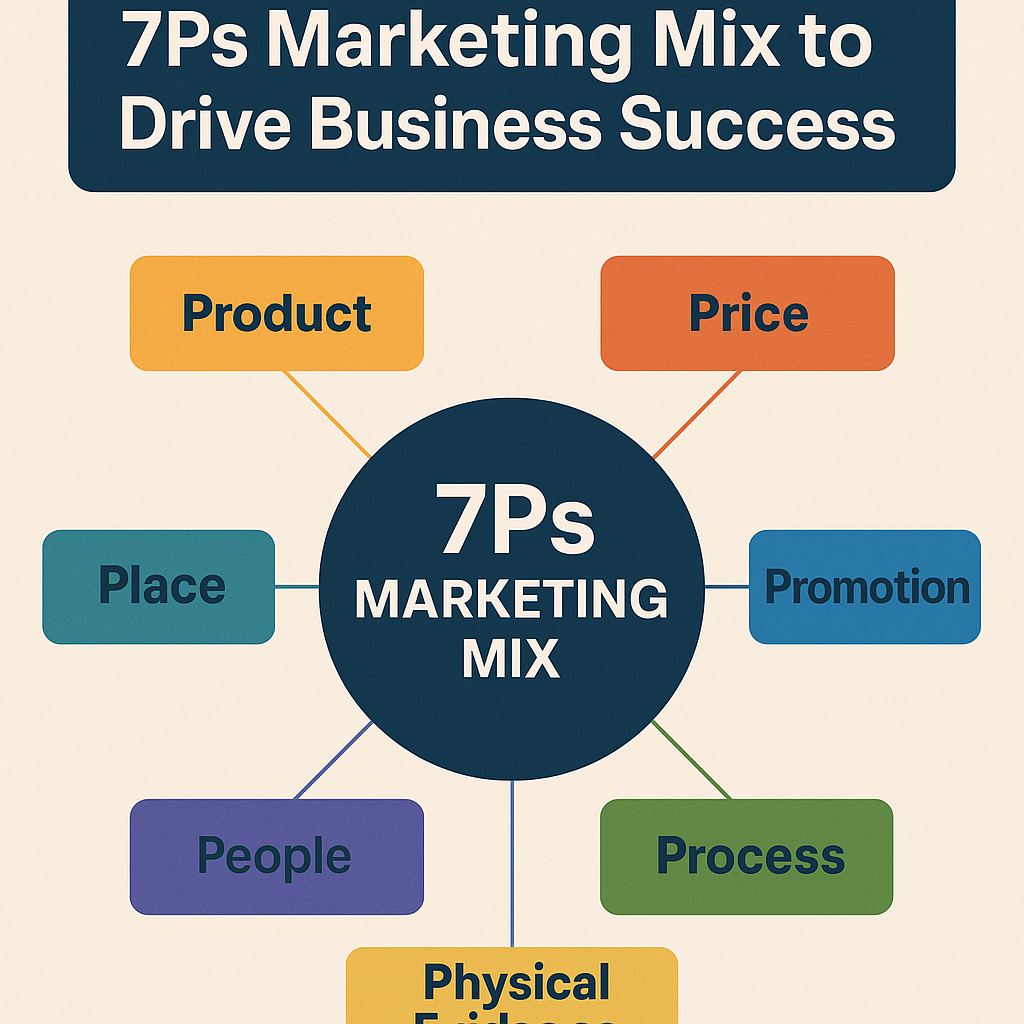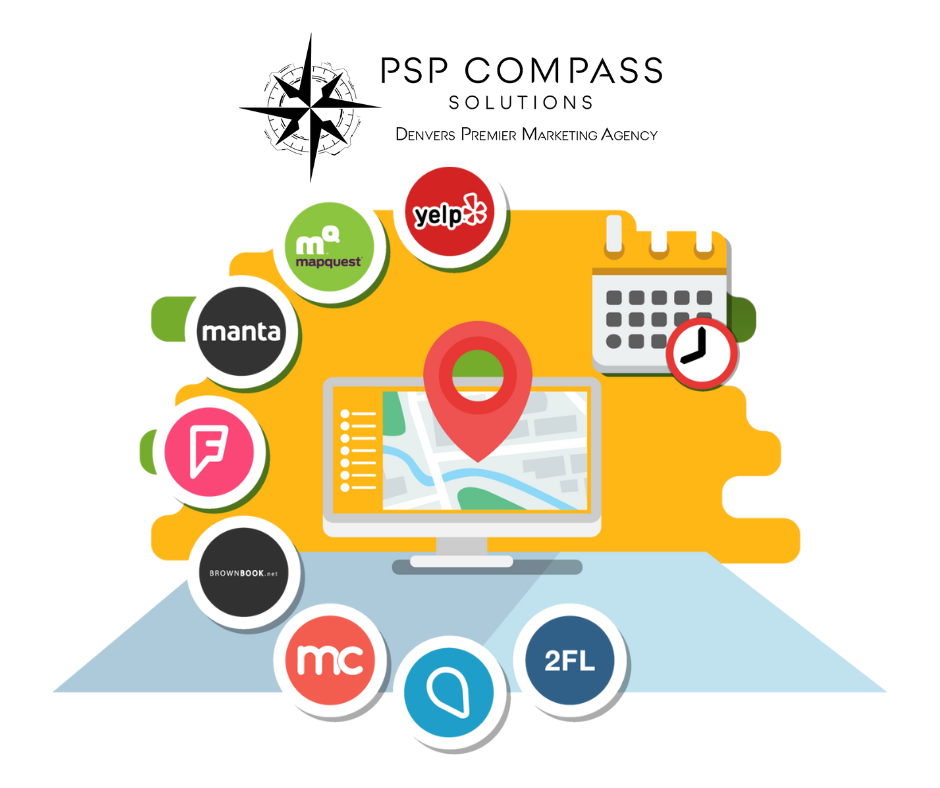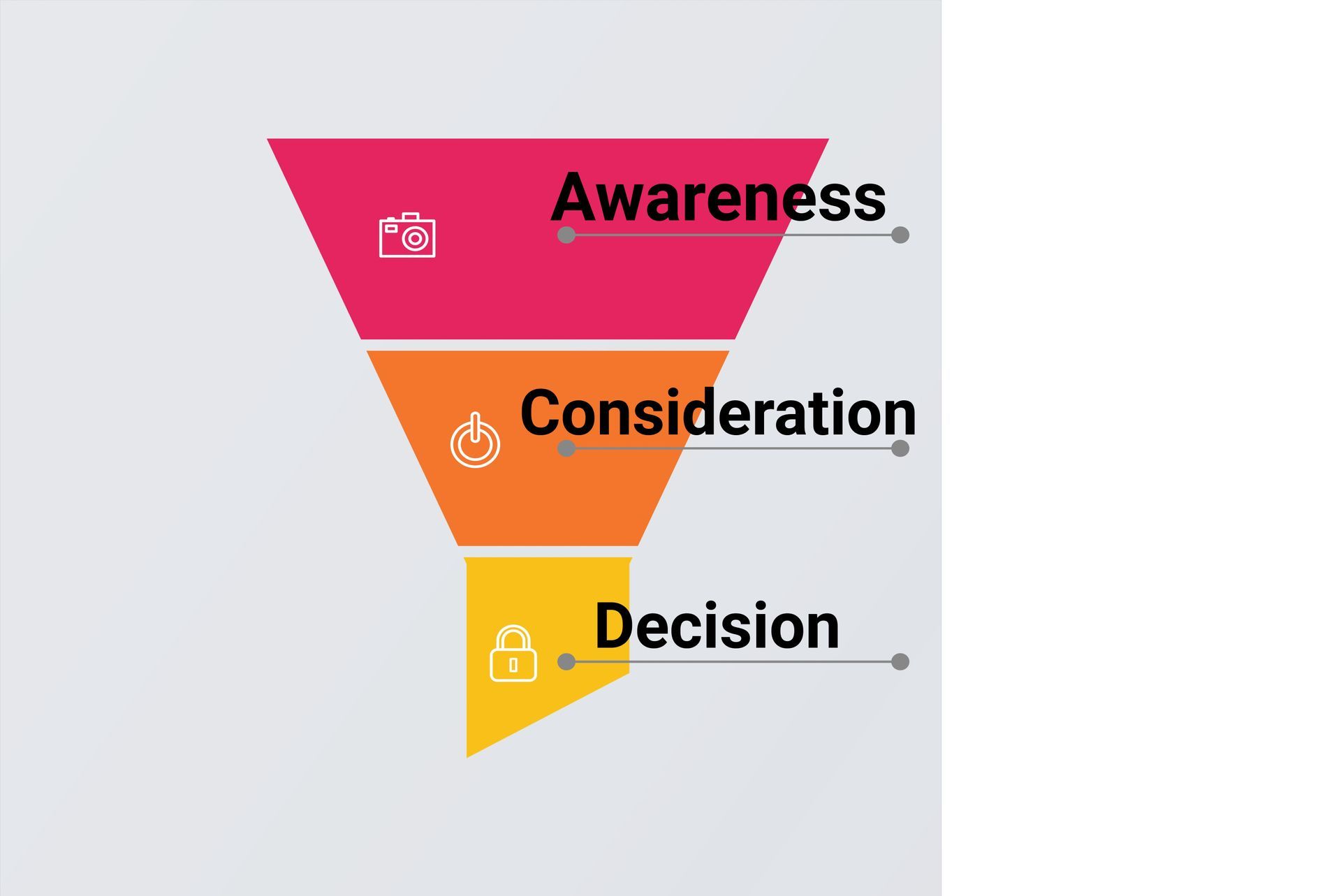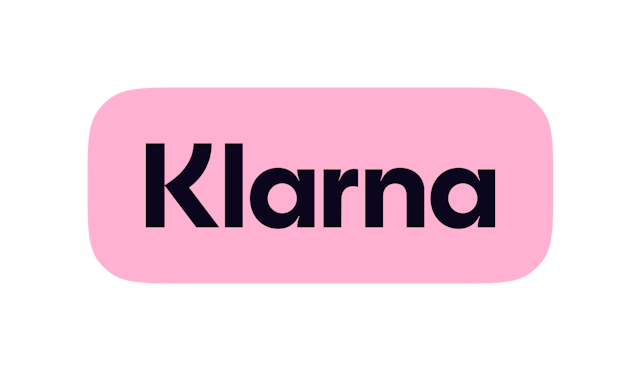Unlocking Digital Authority: How Pillar Content Amplifies Your Online Presence

Navigating the complex world of content marketing is a challenge, particularly for business owners who are looking to establish a strong online presence. One proven strategy is the development of an essential, or "pillar," blog post. But how does one create such content, and why is it important?
This guide simplifies the process into three practical steps, providing real-world examples that demonstrate how these tactics can be directly applied to your business strategy.
1.What Is a Pillar Blog Post?
Imagine you own a small online store that sells handmade crafts. A pillar blog post is similar to your star product; it's a detailed, comprehensive piece of content that discusses a broad topic relevant to your business and industry.
These posts are usually extensive, offer high value, and are meant to serve as a reliable resource for your customers.
For example, you could write an all-encompassing post like "Exploring Handmade Crafts: A Complete Guide for Beginners," providing a one-stop resource that attracts and benefits your community.
2.Choosing Topics and Doing Research
The process starts with selecting an appropriate topic. It involves understanding your customers: What are they searching for online? What problems do they have? By reviewing customer questions or common search terms related to your store, you might find that they are often looking for advice on starting their own craft projects.
Once you've identified this need, the next step is thorough research for your post, possibly titled "Starting Your Craft Journey: Everything You Need to Know." This stage involves collecting information from various reliable sources, including craft books, expert craftsperson interviews, and reputable online craft forums.
3.Constructing Your Blog Post
With your research at the ready, you can begin writing. Here's how you might structure your post, based on the example above:
- Introduction: Begin with an engaging overview of the joys of crafting, emphasizing its accessibility.
- Sections: Divide your post into clear parts, like “Choosing Your First Project,” “Basic Craft Tools,” etc., to guide your readers smoothly through the content.
- Detailed Information: In each section, offer insightful tips, personal anecdotes from your crafting journey, or unique data from your research, ensuring your post is a rich resource.
- Visual Elements: Include helpful visuals, such as tutorial videos or images of your crafts, to add depth and clarity.
- Internal Links: Embed links to specific products or related blogs on your site, encouraging readers to explore and connect more with your brand.
- Conclusion: Wrap up with a summary of key points and inspire readers to embark on their craft journey, perhaps offering a discount on their first purchase as a final encouragement.
- Promotion: After publishing, share your post on your social media platforms, and consider emailing it to your subscriber list to increase its visibility.
In summary, a pillar blog post serves as a foundational piece in your content strategy. When executed well, it attracts ongoing traffic, supports your status as a knowledgeable leader in your niche, and nurtures customer relationships. It's not a one-off task but an investment that continues to support your business's growth over time.
Share this Blog Post on Social Media















